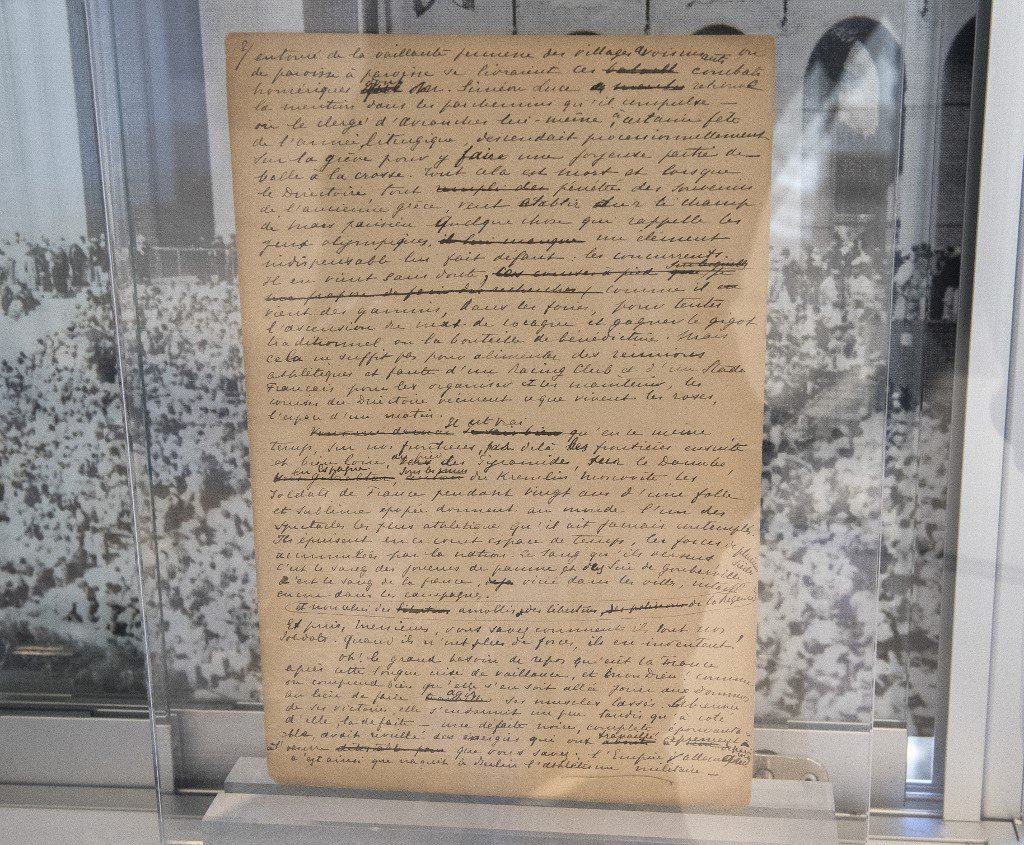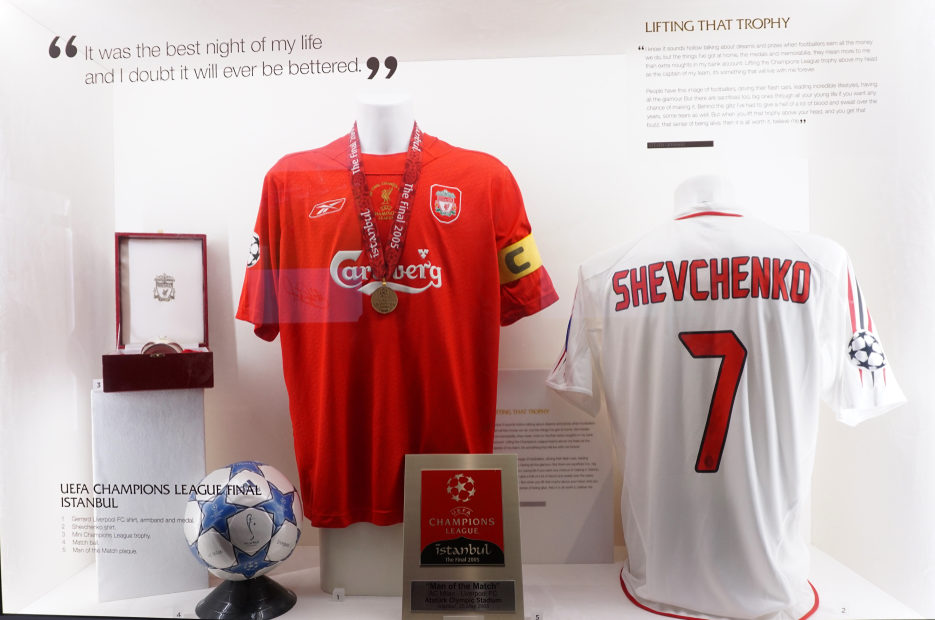From World Series jerseys to rare and collectable cards, sports memorabilia is an emotional and financial investment that appreciates over time. Athletes are role models for children and adults alike, and so signed sports collectibles are more than just souvenirs, they are treasures.
It can be hard to know if you’re paying top dollar for an item that’s truly worth its reserve price. We’re here to help you figure out if the items on your mind are going to attract serious collectors, either for their historical importance or their rarity.
Let’s take a look at collectible items and their appeal to buyers and sellers:
Table of Contents
What makes autographed sports memorabilia valuable?
While these factors may seem self-explanatory, but the way they work in concert with each other can be complicated. Let’s take a look at why they affect value.
The factors behind the value of sports memorabilia are as follows:
What is the item and whose autographs does the item bear?
A signature from a beloved sports idol like LeBron James or Tiger Woods will have more inherent value if that signature is connected to their profession in some way. That is to say, if you happen to get their signature on a piece of paper, you would expect it to fetch less value than LeBron’s signature on a basketball. Less so still than the basketball that was a part of a championship game.
The signer themselves may fluctuate in value based on their desirability at any given time. Bear in mind that fame and infamy can work equally in this regard: a salacious scandal can make a signature just as desirable as a heroic reputation.
In what condition is the item?
The item’s condition is a simple factor: antiques age and degrade, and the better the condition, the better chance that you’ll fetch a better than average price. Minor signs of wear can drop the value of sports cards that you found in your attic quickly, similar to photographs that have aged with time. That’s why much of this memorabilia is kept in a frame or other protective casing in order to ensure its lasting value.
Rarity and demand
Rarity can be a funny thing in value. It may be as straightforward as it seems: there are only so many pieces of football memorabilia signed by Brett Favre, and so, everyone that exists drives the average price down. However, there can be another factor to rarity, and that is novelty.
This works similarly to how infamy can drive value up as much as fame. You remember we talked about a signed basketball by LeBron James fetching more of a price than a piece of paper. Now, imagine that Tiger Woods, or someone who had nothing to do with basketball, had signed that basketball. This might affect demand: something so rare as a Mickey Mantle signed basketball would surely be a desired item because it may be the only one in the world, and it has a novelty for being a signature on something that is so far from the signer’s fame.
And yet, at the same time, an antique victrola signed by Tiger Woods might not be as valuable as a basketball signed by Tiger Woods. The perceived value changes because the novelty of a signed basketball would be close enough to his golfing legacy while not being quite on the mark. Sports fans would likely be more interested in a strange sports item with an autograph rather than some completely random item.
The perception of value, therefore, can change with demand in curiosity just as much as with popularity. And so, these factors of value can often be interconnected in fascinating ways, depending on the find.
Common sports memorabilia price guides
The PSA Price Guide
The PSA Price Guide offers a frequently updated and searchable database by autograph. On top of that, the site offers appraisals for its users, so if you have an undiscovered treasure but no official provenance, you can utilize their services and receive a certified evaluation of your item’s worth.
Tuff Stuff
This is another excellent resource online, providing a database that includes collectible figures and other unusual finds. Their database is focused on sports cards, but easy to follow: sorted by year and manufacturer so that you can find out the value of your 1990 Upper Deck card simply by scrolling through the baseball cards section.
Beckett
It is a more market-oriented price guide, allowing you to compare sellers and check your card’s value at the same time. Whether you’re looking to pick up memorabilia at a good price or see what a reasonable selling price for your own items is, you can find your solutions through their online site or download their mobile app.
What are the most valuable sports memorabilia of all time?

A particularly rare and sought after item can be valuable beyond compare. The top 100 most valuable pieces of memorabilia have ranged from $60,000 to $8,806,500, the record-holder currently being an original Olympic Manifesto that dates back to 1892.
Although the Olympics covers a lot of general athletics, the most valuable memorabilia tends to be from baseball. Babe Ruth holds the second and third place spots in most valuable memorabilia with jerseys from different eras, one taking in $5.62 million and the other selling for $4.42 million.
The most popular items for sale tend to be equipment, sports cards, or manuscripts. Bats, balls, helmets, or other pieces of sports history will always fetch a hefty sum. Mohammed Ali’s gloves from when he fought Floyd Patterson in 1965 sold for $1.1 million, for example.
How do you find out what sports memorabilia is worth?
Before you start to spend like your card is worth millions, you’ll need to know what it’s worth. The truth is that most memorabilia will not fetch that high a price, averages can range from $5 to $2,500. That price range may still be tempting, but in order to know for sure, you can take several steps in your research.
Search your item on Google
The simplest thing you can do is to google your item. “Signed Aaron Rodriguez Baseball” may not give you an exact price for your own piece of sports history, but it will help you understand the general range of expectations.
Check auction house
If you’re looking to get a little more specific, try checking auction houses and pricing guides. The guides listed in the section above are a great way to start finding the value of your items, and if you want to see what the market is expecting, you can check eBay for its sold listings.
Other auction houses, such as Heritage Auctions, Mile High Card Co., and Goldin Auctions will provide databases that you can search to learn about the prices that some items have fetched in the past, as well. Some of these will be specialty houses dealing in sports memorabilia, and others will be more general auctions like eBay. Either way, the wider a spread that your research covers, the more clear of an answer you’ll have.
Go for appraisers
If you’re willing to go the extra mile for your clarity, appraisers are professionals specifically devoted to helping you find the value of your memorabilia. Many auction houses, like Heritage Auctions, will have in-house appraisers as an extra service offering. You can also search the appraiser community by accessing the International Society of Appraisers (ISA), Appraisers Association, or the American Society of Appraisers to find an independent authority near you.
While appraisers will provide legitimacy to your value, and past auctions will give you an idea of the going market rate, remember that the true value of a card is what it sells for, nothing more, nothing less. Thus, understanding the market will offer clarity and a range of an asking price, but when it comes to rare items, you may find a buyer willing to pay more in order to complete their collection. And so, certain amounts of luck, timing, and negotiation are all key to getting top dollar for your items.
Conclusion
The right appraisals can go a long way to telling you how much your memorabilia is worth, whether it’s been on display in your home or a lucky find at the flea markets. It’s important to remember, however, that items that have a lot of emotional value tend to constantly be in flux: while the rarity may always increase, you may not know, 10 years later, if a signature is going to be worth more or less, as names are forgotten over time.
Thanks to serious collectors worldwide, it is unlikely that sports memorabilia will ever truly crash in value. Although Steph Curry’s name may be at the top of search results on Google, Michael Jordan’s signature still accrues value to this day.
Whether you’re collecting or looking to turn over high value items, don’t forget about that emotional resonance: at the heart of both collectibles and sports is fun, and you will enjoy the journey of buying and selling your items all the more if you remember to have fun in the process.
